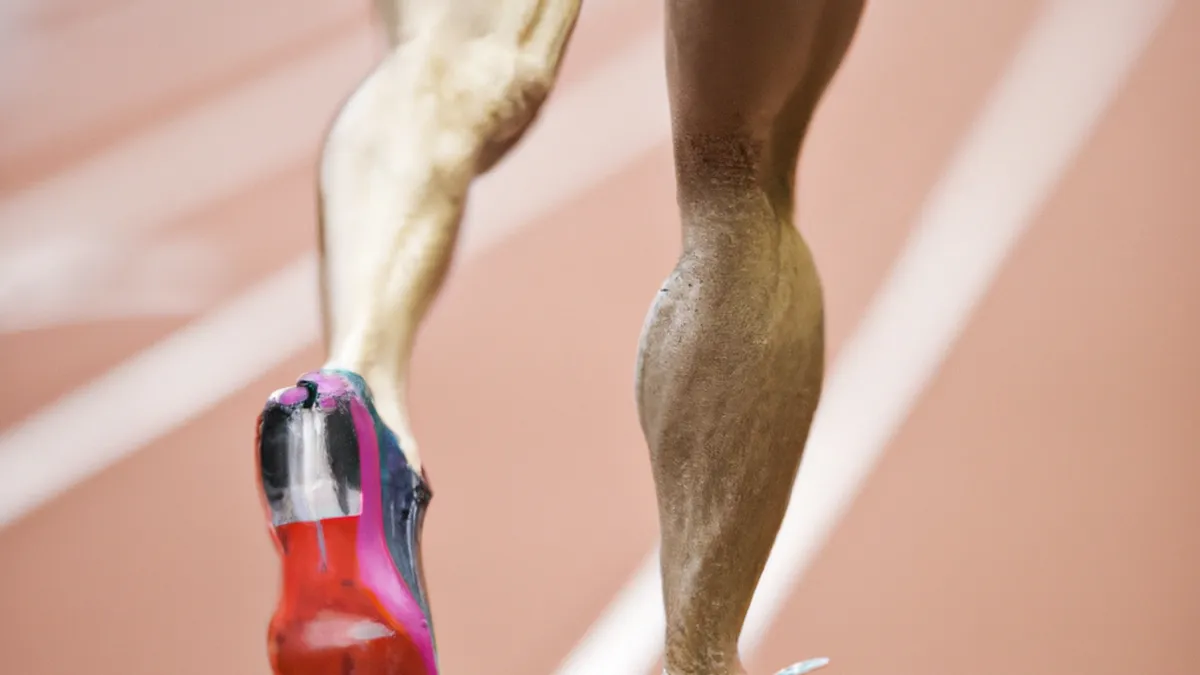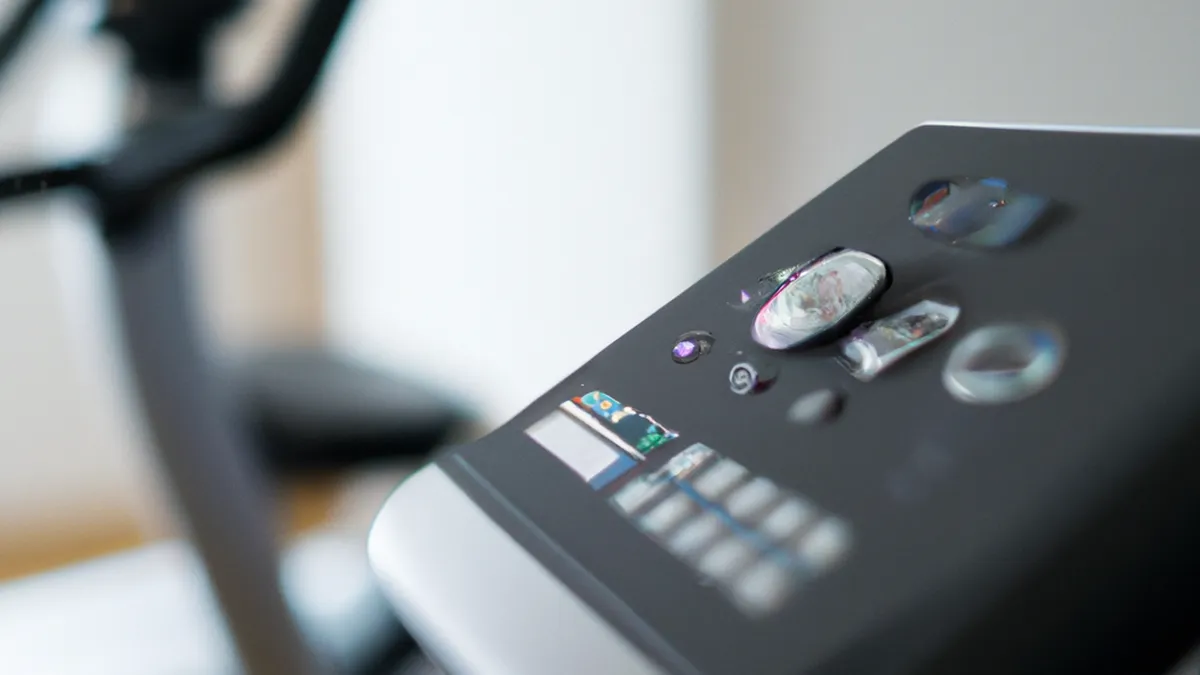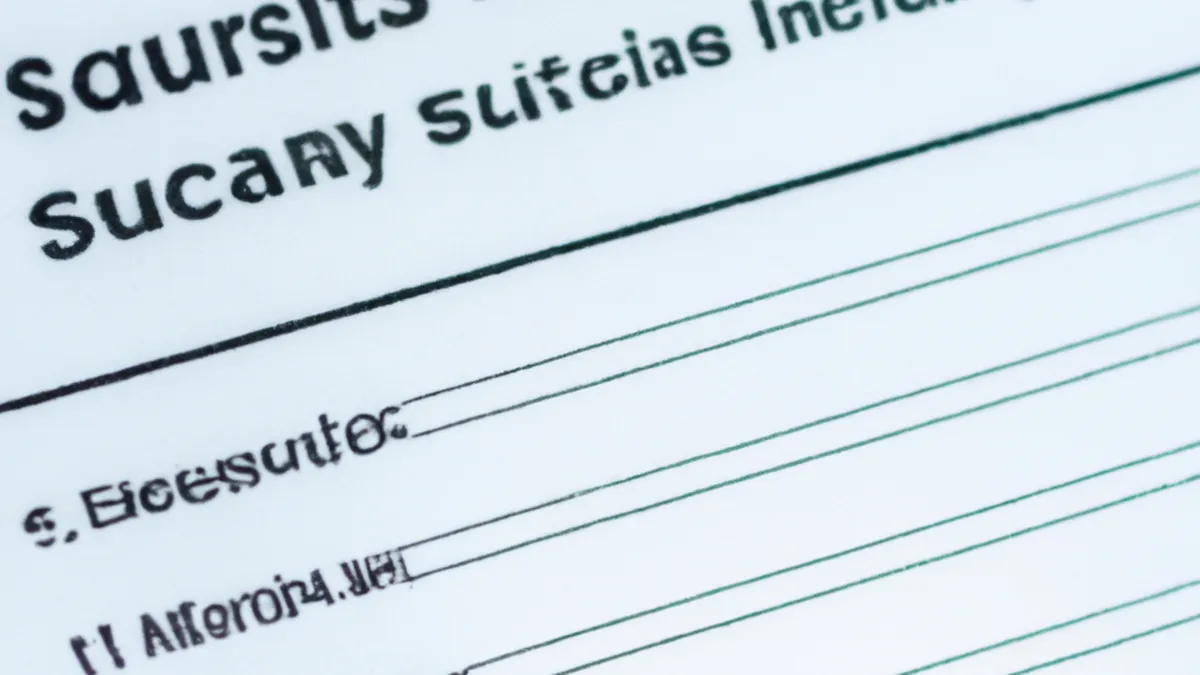Tight Spaces? Nail Your Passing Precision
Passing Precision Under PressureIn fast-paced sports like basketball, soccer, and football, athletes must pass accurately. Intense pressure from opponents demands precision to maintain possession and create scoring chances. Effective passing under pressure distinguishes top players. This blog post explores strategies to enhance passing precision in high-stakes situations.
Understand the Game Situation
Read the Field
Assess your surroundings before making a pass. Identify teammates and opponents, anticipating their movements. This awareness helps you choose the best passing option. For example, time your pass to coincide with a teammate’s run. Observe who is open and predict their position when the ball arrives. Understanding game dynamics enables quicker, informed decisions, leading to successful passes.
Analyze Opponent Positioning
Evaluate defender positioning next. If a defender closes in, consider alternative passing lanes. A quick flick or back pass can create new opportunities. If a defender overcommits, exploit space on the opposite side. Analyzing defenders helps you evade pressure and create opportunities, ensuring your passes remain accurate and strategically valuable.
Practice Passing Drills
As an Amazon Associate I earn from qualifying purchases.
Gear tip: consider soccer cleats, football, and soccer ball to support this topic.
Incorporate Pressure in Training
Practice with defenders to improve precision under pressure. Set up drills that mimic game scenarios, allowing teammates to close in while you attempt passes. For example, create a drill where one player defends while others receive passes. This simulates real game situations and helps players make quick decisions under pressure. The more athletes practice, the more comfortable they will become in high-stress environments.
Use Small-Sided Games
Engage in small-sided games to enhance passing under pressure. These games force players to make quick decisions in tighter spaces, increasing the challenge and need for precision. Small-sided games also promote teamwork and communication, helping players understand their teammates’ movements. Participation in these games sharpens passing skills, translating well to larger, competitive environments.
Focus on Technique
Master the Basics
A strong foundation in passing technique is essential. Use correct foot placement and body positioning. Focus on your follow-through to ensure accuracy. Practice various types of passes, such as short, long, and diagonal, to refine your skills. Consistent practice builds muscle memory, allowing athletes to perform passes instinctively during high-pressure situations.
Conclusion
In summary, understanding the game, practicing under pressure, and mastering technique enhances passing precision in sports.
Below are related products based on this post:
FAQ
Why is passing precision important in fast-paced sports?
Passing precision is crucial in sports like basketball, soccer, and football because it helps maintain possession and create scoring opportunities. Athletes face intense pressure from opponents, making accurate passing a key skill that differentiates top players from others.
How can I improve my passing accuracy under pressure?
Improving passing accuracy under pressure involves understanding the game situation and practicing with defenders. Engaging in drills that simulate game scenarios and playing small-sided games can enhance decision-making and teamwork, ultimately refining passing skills.
What role does technique play in passing?
Technique is fundamental to effective passing. Mastering the basics, such as foot placement, body positioning, and follow-through, ensures accuracy. Regular practice of different types of passes helps build muscle memory, allowing athletes to execute passes instinctively during high-pressure moments.















Post Comment